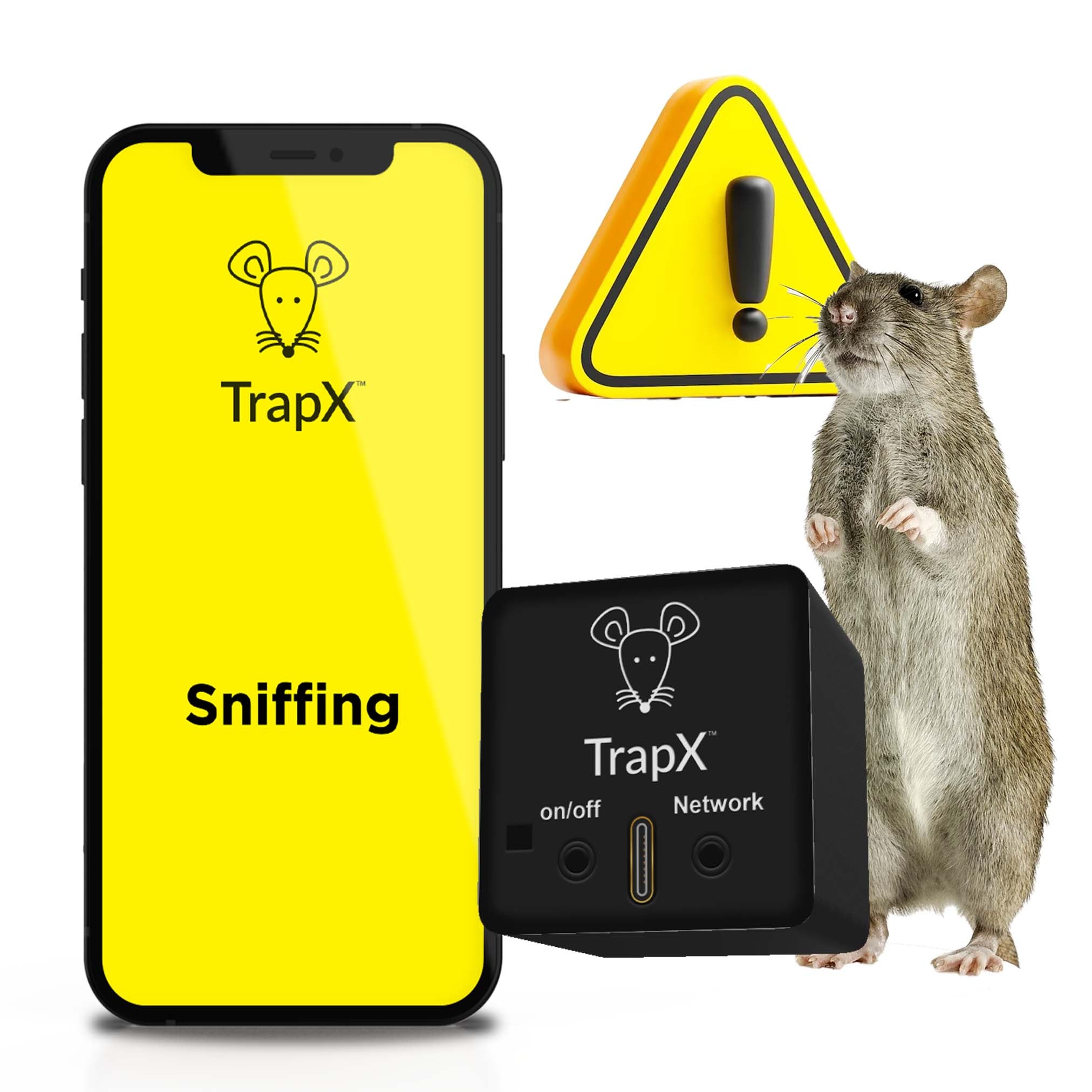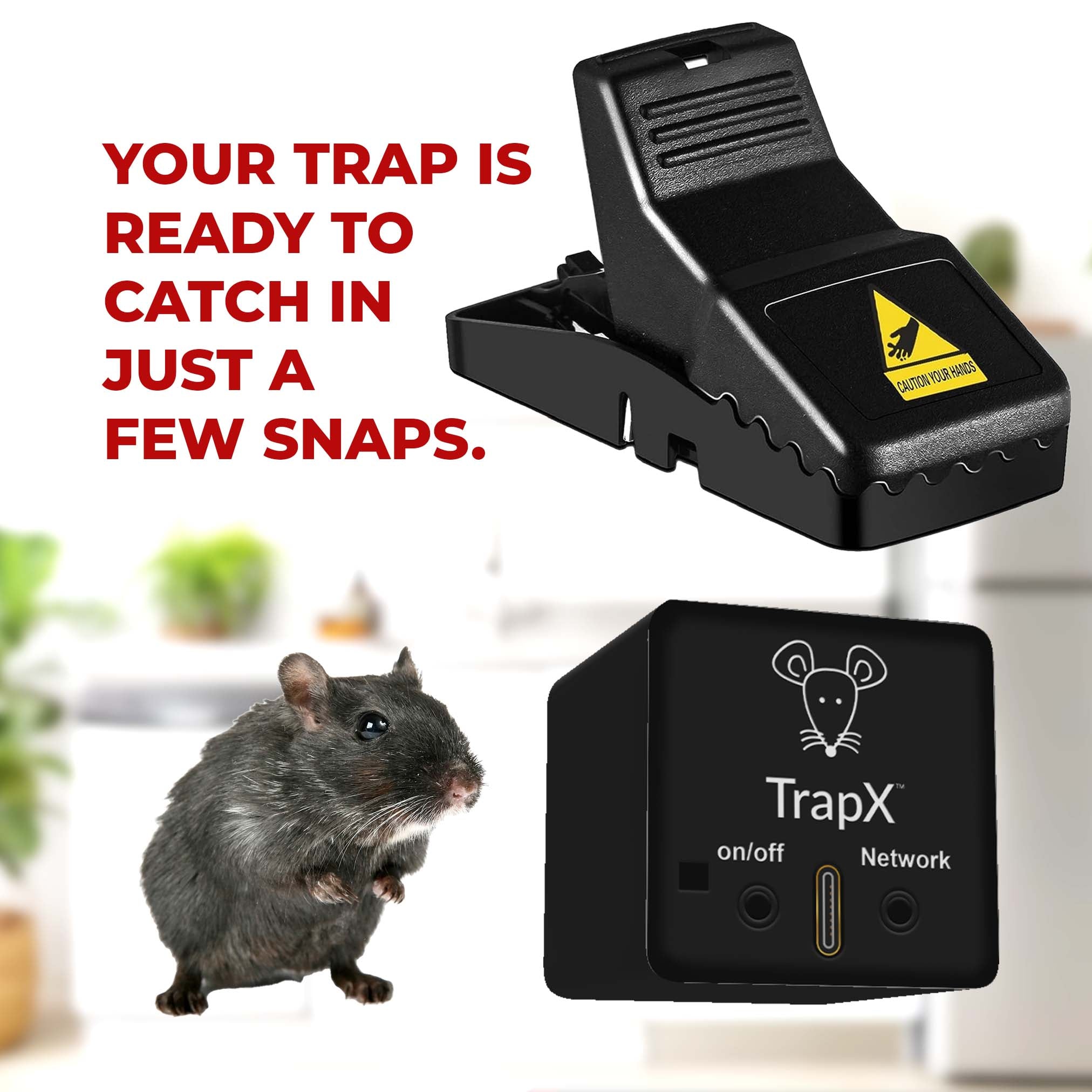How to Build a Rodent Proof Shed for Long-Lasting Protection?
Share
Building a shed is a fantastic way to create extra storage space in your backyard. However, ensuring that your shed is rodent-proof is crucial to protecting your belongings from unwanted pests. In this article, we'll take you through the steps of building a rodent-proof shed, addressing everything you need to know to keep those pesky critters at bay.

Why You Need a Rodent Proof Shed
Rats and mice can cause substantial damage to your property by chewing through materials and contaminating stored items. A rodent-proof shed provides a secure environment where you can store everything from gardening tools to seasonal decorations without worrying about pest invasions.
Materials You Will Need
- Pressure-treated wood
- Concrete mix
- Metal flashing
- Wire mesh
- Caulk and weatherstripping
- Screws and nails
- Basic carpentry tools

Step-by-Step Guide to Building a Rodent Proof Shed
Step 1: Plan and Design Your Shed
The first step in building a rodent-proof shed is proper planning and design. Make sure to choose high-quality materials that are resistant to rodent damage. Planning the shed's location is also essential; choose a dry, well-drained area to minimize the chances of rodents taking up residence.
Step 2: Prepare the Ground
Clear the area where you plan to build your shed, removing any debris or vegetation. Level the ground and lay a concrete foundation. A concrete base is less likely to be penetrated by rodents compared to wood or dirt floors.
Step 3: Build the Shed Frame
Using pressure-treated wood, construct the frame of the shed. Ensure that all joints are tightly sealed to eliminate any gaps where rodents could enter. Reinforce the corners and junctions with metal brackets for added stability.
Step 4: Install Flooring and Walls
Once the frame is up, install the flooring followed by the walls. Use a combination of caulk and weatherstripping to seal any gaps. For additional protection, consider lining the base of the walls with metal flashing. This will create a barrier that rodents cannot chew through.
Step 5: Secure Windows and Doors
Windows and doors are common entry points for rodents. Install wire mesh over any ventilation openings and make sure windows and doors fit snugly in their frames. Use weatherstripping and door sweeps to seal these potential entry points thoroughly.
Step 6: Add the Roof
Install a sturdy roof, ensuring there are no gaps or weak spots where rodents could enter. Using metal flashing along the edges helps to create an added layer of protection against potential intrusions.
Step 7: Finishing Touches
After constructing your shed, conduct a thorough inspection both inside and outside to ensure there are no gaps or holes. Apply additional caulk or weatherstripping as needed. Regularly check and maintain the shed to keep it in rodent-proof condition.

Maintenance Tips
To keep your shed rodent-proof, ongoing maintenance is essential. Regularly inspect the structure for any signs of wear and tear, and promptly repair any damage. Clean the area around your shed to eliminate potential nesting sites and food sources for rodents.
Smart Rodent Trap can be a useful addition for further ensuring your shed remains rodent-free. Additionally, knowing common rodent nest locations can help in identifying potential problem areas.

Frequently Asked Questions
What is the best material to use for a rodent-proof shed?
Pressure-treated wood and concrete are excellent choices for constructing a rodent-proof shed. These materials are durable and resistant to chewing by rodents.
How can I seal gaps and holes effectively?
Using a combination of caulk and weatherstripping is highly effective for sealing gaps and holes. Metal flashing can also provide an additional barrier against rodents.
How often should I inspect my shed for rodent activity?
It's advisable to inspect your shed at least once a month for any signs of rodent activity. Regular inspections and prompt repairs can help maintain the integrity of your rodent-proof shed.
To learn more about effectively using mouse traps, check out this comprehensive guide here. For more information on keeping pests at bay, visit Pest World.
As an Amazon Associate, I earn from qualifying purchases.
